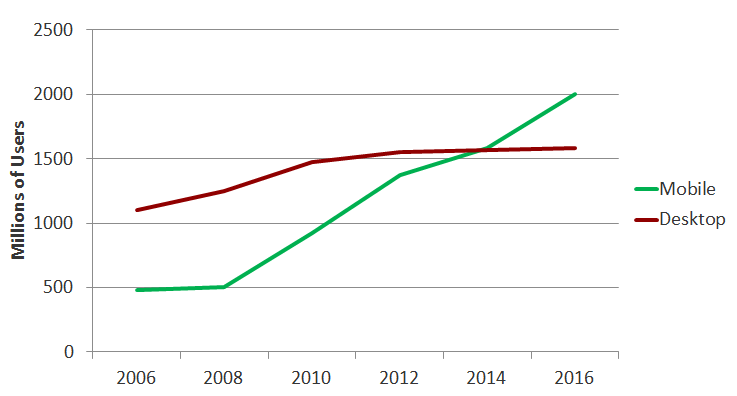Open Conversations
Back in 2005, Union Square Ventures -- the well-known NYC-based venture capital firm -- converted the homepage of their website into a blog. Brad Burnham, one of USV’s partners explained their reasoning at the time.
"We realized that our thesis evolves incrementally as a result of our dialogue with the market, and that the best way to manage that was to accept that we would never get to an answer, so we should just publish the conversation. The best way to do that is with a blog. So here it is."
A few months ago, they took this a step further and turned their website into a conversation, allowing anyone to share links and discuss topics related to the firm and the firm's investments. They also now cross-post their own blog posts and even take pitches from entrepreneurs on their site. Really cool.
In some ways, it’s surprising that an institutional investor would be so open and willing to have a public conversation about their investments and their investment strategy. VCs don’t have hard assets, they don’t have engineering talent, and they don’t have a product. Their entire value is really their investment thesis and their ability to execute on that thesis. So it’s a pretty bold move for them to open up all of that intellectual capital to the world.
But as Brad noted, he believes that opening up the conversation actually puts them at an advantage.
I’d love to see more companies be as open as USV, and to begin having open conversations with their employees, vendors, partners and customers. Personally, I’m constantly having conversations with my colleagues and with the market about the things I’m working on. These conversations help me get better at what I do. Part of the reason I write on this blog is to help me think things through.
What USV has done is scale their conversations and their ability to get better at what they do enormously. Instead of just having conversations with their colleagues that sit across the hall, they're having conversations with (potentially) anyone in the world. That kind of scale has to put them at an advantage over other VCs.
The obvious concern with this approach is that opening up the conversation about your work and what your company does will give away sensitive, proprietary information that would put the company at a disadvantage against the competition.
But I think there are two critical insights here that strongly counter that concern.
- With very, very few exceptions, companies don’t have some secret and final solution that will drive their success. As Brad notes, most growth and success comes incrementally as a result of perpetual interaction with the market. The thesis is never final, it is always evolving. This is true of nearly every company.
- Just because you can view and participate in the conversation that a company is having doesn't mean you can recreate what that company is doing. When I write about a new approach I'm taking, by the time someone reads it, internalizes it, and acts on it, I've already moved on and improved on that approach. In addition, my approach is probably wrong for you anyway. You're in a different situation, have different resources, have different connections, have different opportunities and different constraints. It's useful for us to have a conversation, it will help us both. But it doesn't put either of us at risk.
So with very, very few exceptions, I think more companies should begin to open up their internal conversations, challenges and ideas to the public. In the book The Wisdom Of the Crowds, James Surowiecki talks about the fact that across multiple applications (business, military, psychology) large groups of average people are much smarter than any small group of elite thinkers. I think it's a mistake for companies to think through their challenges in private. A company's likelihood of success is much greater if they open up their challenges to the 6 billion people outside of their walls -- in addition to the small group of individuals inside them.
Put simply, in most cases, the long-term benefits of open conversations are far greater than any potential short-term risk.

